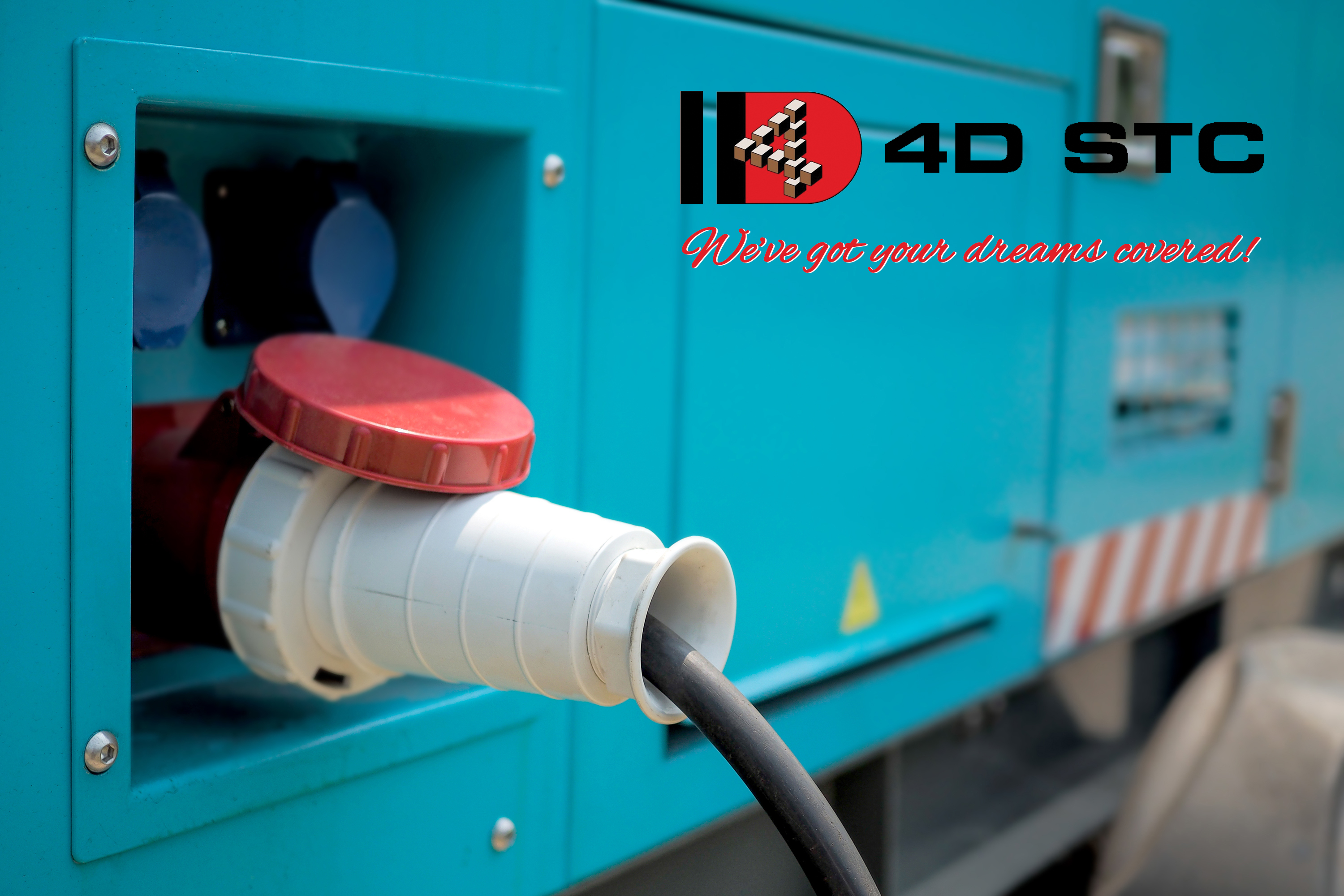GENERATORS & POWER SURGE
As life seems to, somewhat, carry on post hard-lockdown, load shedding has once again reared its ugly head. More and more people have opted to combat load shedding by installing generators. With this, certain risks apply and need to be acknowledged.
Generators
Should you insure your generator?
Yes, one should insure your generator. Buying and installing a generator is not a quick and cheap thing to do. That is why we encourage you to insure it on your short-term insurance policy.
When the generator is fixed to the property, it will form part of your building section. The value of the generator will be integrated with that of the building, in other words: the value of your insured building needs to be increased.
When the generator is moveable/mobile it may be specified under the specified all risk section or home contents section, dependent on the insurer.
Compliance with insurance
- It’s always best to send us the invoice as proof of purchase, for disclosure purposes.
- You may not store more than 20 litres of fuel on your property and must ensure proper ventilation. Fuel for a portable generator should be stored in a separate area that can be locked when not in use. Generators should not be refueled whilst running.
- We encourage you to buy a named brand supported by a recognised dealer who can provide safety advice, and to test the generator frequently.
- Remember that external generators for homes must be in an expanded mesh cage with a solid roof.
- Clients with generators should have a fire extinguisher of at least 4.5kg on site.
- For stationary or standby generators a licensed electrician or registered electrical contractor must carry out the installation. Once the electrician has completed the installation an Electrical Certificate of Compliance must be issued
Safety Tips
- Use heavy-duty extension cords to connect appliances to the outlets on the generator, instead of connecting it directly into the wall.
- Never try to power the house wiring by plugging the generator into a wall outlet, a practice known as “back feeding.” This is extremely dangerous and presents a possible electrocution risk. It also bypasses some of the built- in household circuit protection devices
- Ensure that the generator is turned off and has cooled before fueling it.
Power Surge Cover
Powers surge cover is an automatic extension available under your short-term insurance policy. Please ensure that the limit is sufficient for your valuable electric appliances at risk.
Safety Tips
- Inspect your wiring. Faulty or substandard wiring can worsen power surge problems.
- Please note to unplug your sensitive electronics during a storm, as it prevents power surges caused by lightning.
- We encourage you to use surge protectors, these devices block excess voltage from reaching your electronics in the event of a power surge. Consider installing surge arrester to your distribution board.




